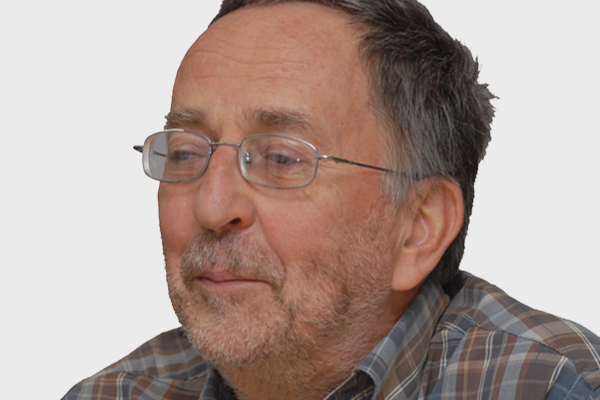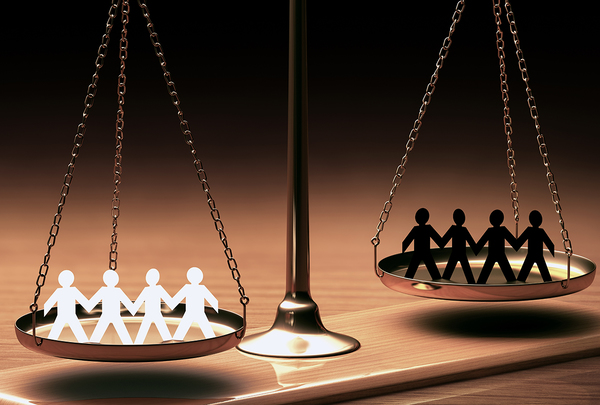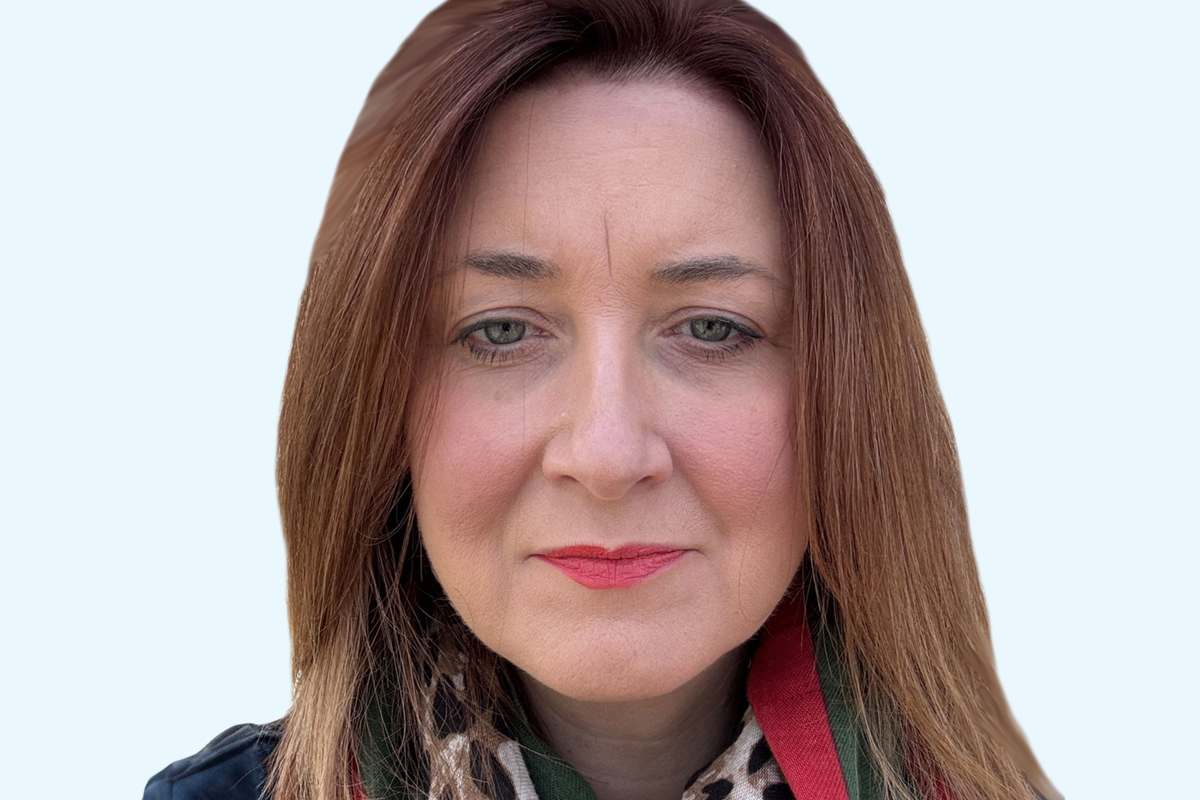You are viewing 1 of your 1 free articles
What can housing associations do to tackle race disparities?
As government figures show race inequalities in housing, Sallie Bridgen reflects on what housing providers can do to tackle the problem
What do this week’s hate crime figures and last week’s government figures on ethnicity mean for housing?
The news that hate crime has increased by 29% in 2016 – with spikes after the vote to leave the European Union and the Westminster Bridge terrorist attack – comes close on the heels of the damning information on inequality published in last week’s Ethnicity Facts and Figures.
Both should be of grave concern to those of us committed to a fairer society and a decent home for all.
In our recent blog we highlighted what last week’s Ethnicity Facts and Figures tell us about inequality in housing – and what they don’t.
While there is irony in a government shining a spotlight on this issue at a time when austerity is making things worse for black and minority ethnic (BME) communities, and Brexit and the reporting of terrorist attacks have increased hate crimes by almost a third, we must seize the opportunities to take action that are being offered.
The data shows us that people from BME communities are more likely to be poor, less highly educated and out of work.
These factors alone would make it more difficult to access housing. But when you add discrimination into the mix, it is no surprise that some BME communities are more likely to be living in poor-quality homes and facing homelessness.
Inequality (and the cumulative effect of multiple forms of oppression) plays out in access to decent housing and, conversely, not having a decent home exacerbates the impact of inequality – in expectations and opportunities, in health, and ultimately in life expectancy.
“The data shows us that people from BME communities are less likely to live in social housing.”
Providing decent homes to people who otherwise could not access them can break this cycle.
And yet the data shows us that people from BME communities are less likely to live in social housing.
Social landlords are subject to the Public Sector Equality Duty to avoid discrimination and, crucially, to be proactive in addressing discriminatory practices and in promoting race equality and good relations.
We need to be doing more. So where to start?
Social landlords must themselves be diverse. Strong, inclusive leadership and diversity of thought and experience are essential.
Inside Housing found that only 7% of housing association leaders are from BME backgrounds, compared with 14% of the population (and the picture would be worse without the contribution that BME associations make).
We need firm plans linked to aspirational targets to develop our future leaders, focusing on fair and inclusive recruitment, and mentoring and development programmes to grow our own talent.
Leadership 2025 – a leadership programme for BME leaders in the sector – and Housing Diversity Network’s (HDN) Mentoring Programmes offer effective resources for organisations seeking to increase the diversity of their leadership.
“Social landlords must themselves be diverse.”
Fairness is not about delivering the same service to all. Successful organisations know that different customers require different services, and access these services in different ways.
Equality Impact Assessments of policies and changes to services enable organisations to understand the potential impact on equality in their decision-making.
Nuanced customer insight is vital to ensuring relevant interventions with successful outcomes. For example, one of HDN’s members identified that young BME men were at greater risk of tenancy failure, so worked with the community to develop targeted support.
“HDN will shortly be launching an online self-assessment tool that will enable all housing organisations to quickly assess their performance on equality, diversity and inclusion.”
The data on hate crime published this week does not give a breakdown by area, but we know that there is a strong link between areas with poor cohesion and areas affected most by austerity.
Social landlords can make a huge difference to this by helping people to improve their economic prospects, health and well-being and by building bonds of friendship and respect between people.
Investment in these areas can also reduce costs associated with, for example, tenancy failure and anti-social behaviour.
HDN will shortly be launching an online self-assessment tool that has been co-produced with our members and the University of Salford.
The tool will enable all housing organisations to quickly assess their performance on equality, diversity and inclusion, to share good practice, and crucially to plan for action.
This will help us to continue supporting associations to fulfil their unique and vital role in tacking a huge social injustice.
Sallie Bridgen, joint chief executive, Housing Diversity Network (HDN)
This article was co-written by co-chief executive Alison Burns










